Description
A “Banana Pied Female *Proven Breeder” refers to a specific type of ball python (Python regius) with distinct genetic traits. Here’s an explanation of each component:
Banana Pied Python
- Banana: This refers to a color morph characterized by a bright yellow or orange body with lavender or tan blotches. The Banana morph is a result of a co-dominant genetic mutation.
- Pied: This stands for “Piebald,” a recessive genetic trait that produces patches of unpigmented (white) skin alongside normal pigmentation. Pied ball pythons have a unique, splotchy appearance with a combination of white and the snake’s natural coloration.
Female
- Indicates the sex of the snake. Female ball pythons are often sought after by breeders because they can produce eggs.
Proven Breeder
- A “proven breeder” is a term used to describe an animal that has successfully produced offspring in the past. For a female banana pied python, this means she has been bred at least once and has laid fertile eggs that hatched successfully.
Summary
A banana pied python Proven Breeder ball python would be a snake with the following characteristics:
- Banana Morph: Exhibits the bright, attractive coloration associated with the Banana genetic trait.
- Pied Morph: Shows the distinctive piebald pattern with patches of white skin.
- Female: This is a female snake, which is important for breeding purposes.
- Proven Breeder: She has a track record of successfully producing viable offspring, making her a valuable asset for breeders looking to continue producing ball pythons with desirable traits.
Breeding Considerations
- Genetic Potential: When bred, she can pass on both the Banana and Pied traits to her offspring. Depending on the genetics of the male she is bred with, you could produce a variety of morphs, including Banana Pieds.
- Breeding Pair: For best results, pairing her with a male that has compatible or desirable traits (such as another Banana, Pied, or combination morph) can help in producing high-quality offspring.
Care
- Enclosure: Provide a spacious enclosure with proper heating, humidity, and hiding spots.
- Diet: Feed appropriately sized prey items, usually once every 1-2 weeks.
- Health Monitoring: Regularly check for signs of health issues and ensure she maintains a healthy weight, especially during breeding season.

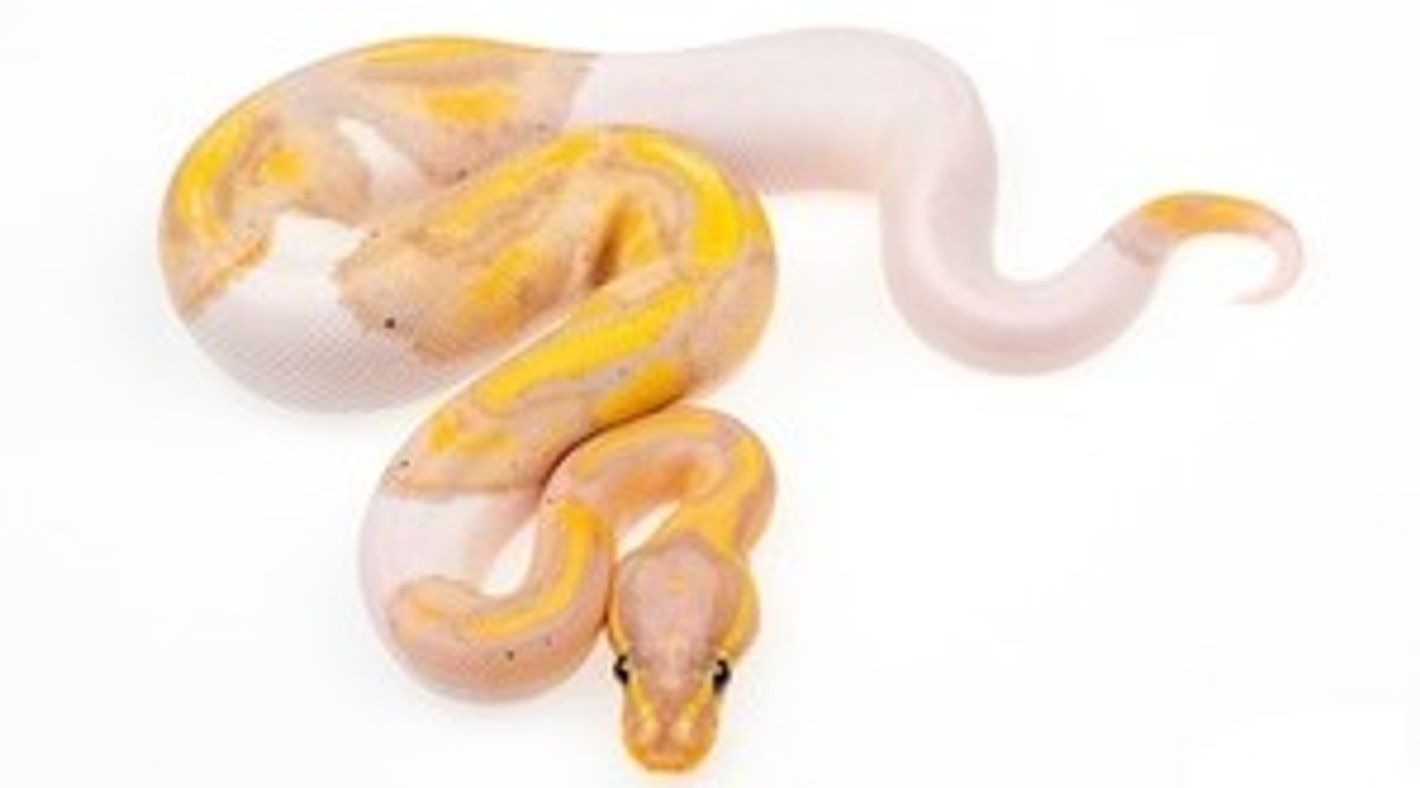

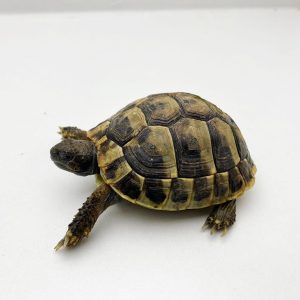

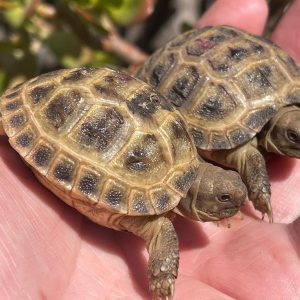
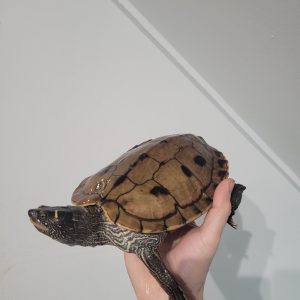

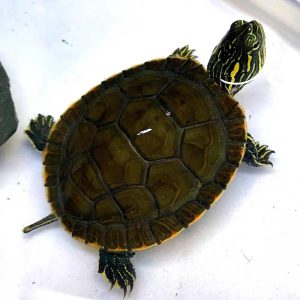




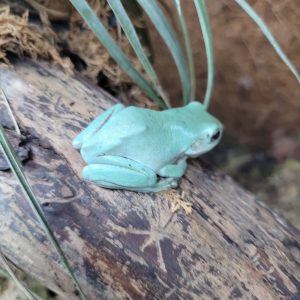
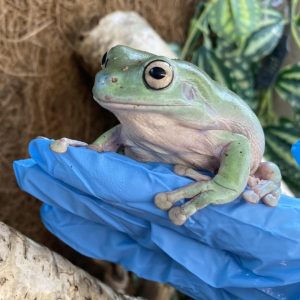

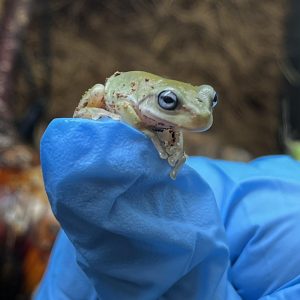
Reviews
There are no reviews yet.